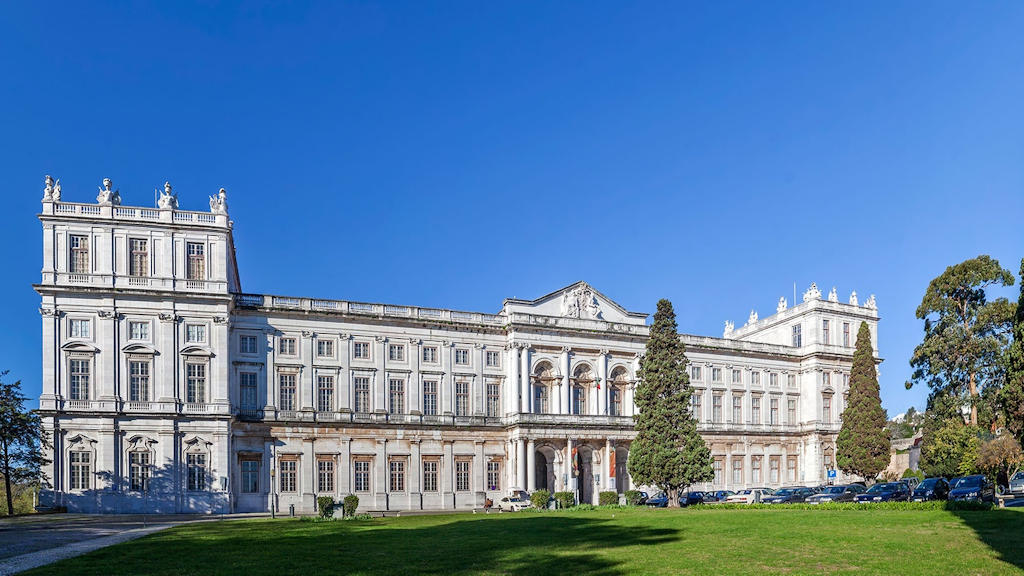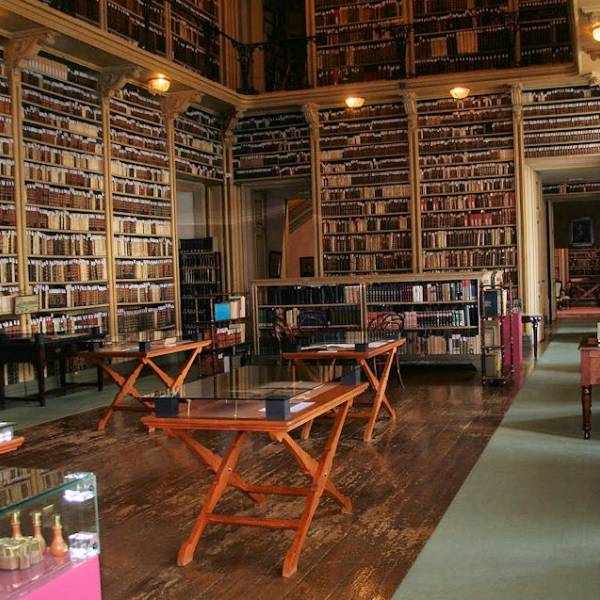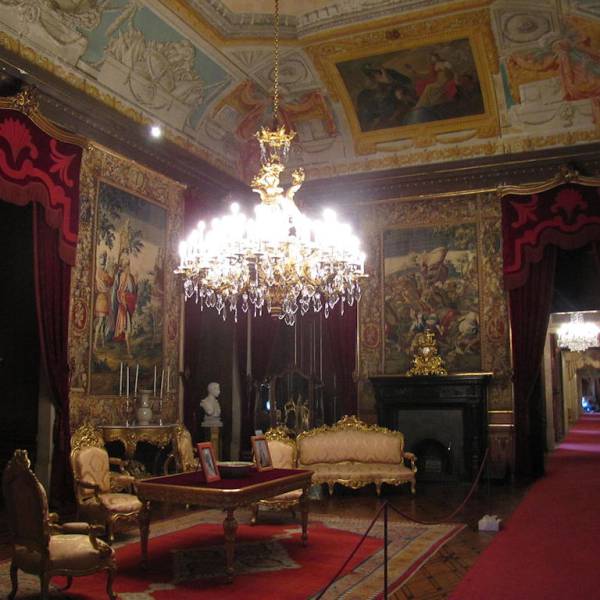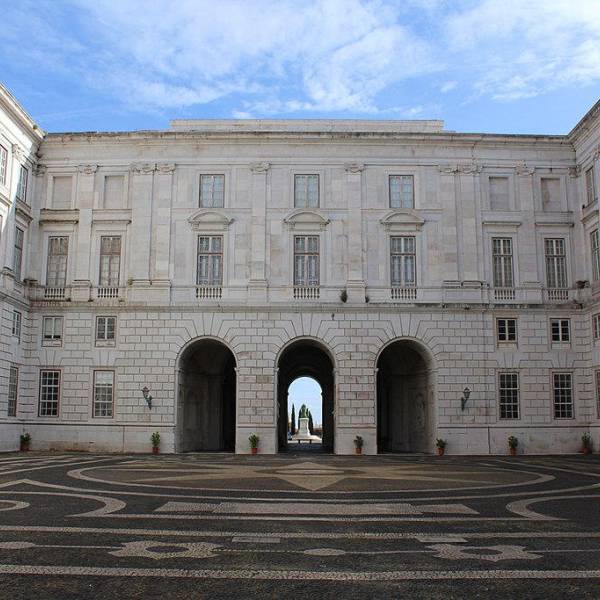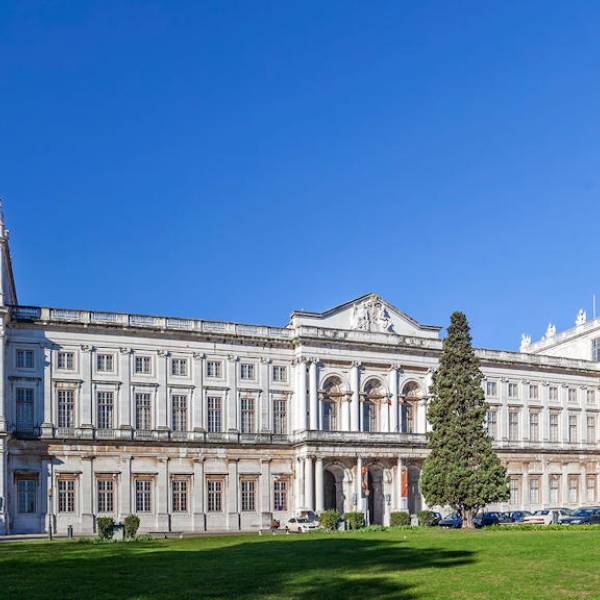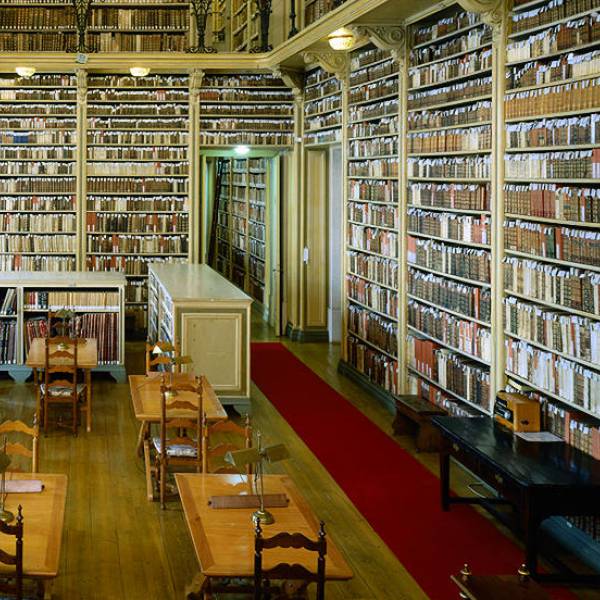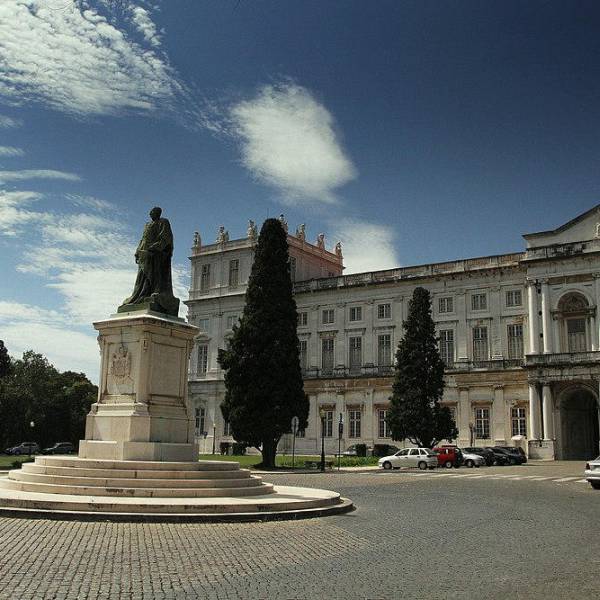The palace underwent various architectural styles throughout its construction, blending elements of Neoclassical, Rococo, and Baroque influences. This fusion of styles gives the Ajuda Palace its unique character and visual appeal. The palace's façade boasts intricate detailing, elegant columns, and ornate reliefs, showcasing the mastery of Portuguese craftsmanship.
Step inside the Ajuda Palace, and you will be transported to a world of luxury and refinement. The interior spaces of the palace are a true marvel, adorned with stunning frescoes, intricately carved woodwork, and exquisite furnishings. Each room tells a story of the royal court and offers a glimpse into the lives of Portuguese monarchs.
The Throne Room, with its magnificent ceiling paintings and gilded decorations, is a focal point of the palace. It was here that important ceremonies and royal gatherings took place. The Palace Chapel is another highlight, featuring beautiful stained glass windows and delicate plasterwork. The Private Apartments showcase the personal quarters of the royal family, offering insight into their daily lives and tastes.
The Ajuda Palace houses an extensive collection of art and historical artifacts that provide a deeper understanding of Portugal's rich cultural heritage. The palace's museum showcases an impressive array of paintings, sculptures, furniture, porcelain, textiles, and decorative arts. The collection includes works by renowned Portuguese and European artists, offering visitors a journey through different artistic periods and styles.
Lisbon.vip Recommends
Adjacent to the palace is the Ajuda Botanical Garden, a tranquil oasis where visitors can escape the bustling city and immerse themselves in the beauty of nature. The garden, established in the 19th century, showcases a diverse range of plant species, including exotic trees, colorful flowers, and manicured hedges. Strolling through the garden's pathways, visitors can admire the carefully curated landscapes, relax in serene settings, and enjoy picturesque views of the palace and the city.
The Ajuda Palace underwent significant restoration efforts in the late 20th century to preserve its architectural integrity and restore its original splendor. Today, it stands as a living testament to Portugal's rich cultural heritage and serves as a captivating museum and cultural center, attracting visitors from around the world.
Visiting the Ajuda Palace is not just an opportunity to marvel at its grandeur; it is a chance to delve into Portugal's history, art, and craftsmanship. The palace's magnificent architecture, sumptuous interiors, and extensive collections offer a captivating glimpse into the country's royal past. The Ajuda Palace stands as a cultural gem in Lisbon, inviting visitors to embark on a journey through time and experience the magnificence of Portugal's monarchy.
Map View


